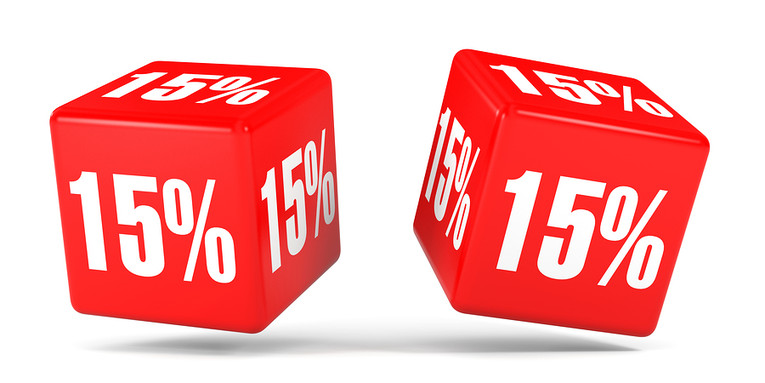 It’s been a cruel week for UK and Irish horse racing.
It’s been a cruel week for UK and Irish horse racing.
Just a matter of days after Michael O’Leary, head of domestic racing’s principal ownership team in the Gigginstown House Stud, confirmed he was winding down his operations and pulling his funding from the sport, comes the bombshell that levy funding is down significantly.
The levy is racing’s central funding system, and a necessary lifeblood that keeps the sport afloat.
But it has been revealed by the Racing Post that the levy fund has fallen by a catastrophic £15 million in the past financial year.
The upshot is that key areas of finance, including prize money, are likely to be hit hard by the cuts.
When the Levy Breaks

The levy is a revenue stream funded in part by bookmakers, who pay a percentage of their gross returns back into the sport via the system.
But the bookies have been hit hard by the toughening of regulation surrounding the FOBT machines found in high street betting shops. A government cut to the maximum stake will cost firms between £40m and £60m a year, according to estimates.
The levy brought in some £95m in its first year, which was actually higher than the intended target of £85m.
But in 2018/19 that figure has fallen to around £80m, and given the hardening conditions facing the bookmakers the fears are that the levy could fall even further in the next 12 months.
One of the key explanations for the loss was the Cheltenham Festival, where an inordinate number of favourites won.
The likes of Altior, Paisley Park and Frodon all carried mammoth liabilities for the books, and that also impacted upon the profit and loss accounts of the bookmakers, who contributed less money to the levy as a result.
And the losses caused by the equine flu crisis must also be factored in. Racing in the UK was postponed for a week while the situation was cleared up, and that again hit the betting shops hard in terms of their takings.
More Support Needed

In March, the Levy Board announced a one-off payment of £6.5m to boost the coffers of the fund, but many stakeholders in racing want them to go further to help secure the financial future of the sport.
That payment was made in light of the falling contributions from media rights, which are also being squeezed by tough market conditions.
The payment from the Levy Board was designated for the middle and lower tiers of British racing, and was designed to provide assistance to the racecourses under the Arena Racing Company (ARC) banner in order to help them prevent further cuts to prize money in 2019.
That, you may recall, led to both trainer and owner boycotts, and so it’s a situation that needs to be resolved before more strike action is taken.
The government has stated that it plans to extend the betting levy system to wagers placed on international racing meetings, which it believes could net the levy between £15m and £20m.
But dark clouds are moving over the head of British horseracing, and long-term solutions need to be sought to ward off the growing financial crisis engulfing the sport.
